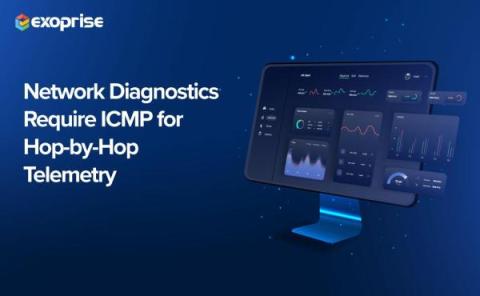Operations | Monitoring | ITSM | DevOps | Cloud
Latest News
Augmenting behavior-based network detection with signature-based methods
Network detection tools utilize one of two prominent approaches for threat detection: AI-driven behavior-based methods capable of identifying early indicators of compromise, and signature-based ones, which flag known attacks and common CVEs. While these systems operate on distinct principles, their combination forms more robust defense mechanism, helps to consolidate tools, provides richer threat context and improves compliance.
How to enable signature-based detection in Flowmon Probe and Flowmon ADS
In this article, we explained the benefits of combining signature-based detection by Suricata IDS with behavior-based detection by Flowmon ADS. Now, let’s talk about how to enable this feature using Flowmon Probe and Flowmon ADS.
New DX UIM Release: Start Monitoring New Linux Distributions on Day 1
From DX UIM 20.4 CU4 onward (that is, releases that have robot version 9.36 or above), robots automatically support Linux versions with newer GNU C Library (commonly known as “glibc”) versions. Prior to CU4, DX UIM robots needed certification and a release to provide support or compatibility with newer Linux operating systems that have a higher glibc version.
What Is an IP Address Management Service and Why Might You Need It?
Adding a CDN to a load balancer (for a much faster website)
How to Configure a Linux Firewall: The Ultimate Guide
A firewall stands as a digital gatekeeper, meticulously sifting through network traffic and deciding what may pass. This protective shield, fundamental to cybersecurity, is integral in the Linux world. The Linux kernel itself is effectively a de facto packet switching firewall, crafted as it is around the principles of packet filtering at the most fundamental operating system level, thus exemplifying the pivotal role of firewalls in system security.
ICMP Required for Traceroute and Network Diagnostics
As previously detailed on the Exoprise blog, the ICMP (Internet Control Message Protocol) is crucial for troubleshooting, monitoring, and optimizing network performance in today’s Internet-connected world. Despite historical security concerns, disabling ICMP is unnecessary and hampers network troubleshooting efforts. Modern firewalls can effectively manage the security risks associated with ICMP.
Cloud Cost Optimization Best Practices
Businesses are rapidly transitioning to the cloud, making effective cloud cost management vital. This article discusses best practices that you can use to help reduce cloud costs.










